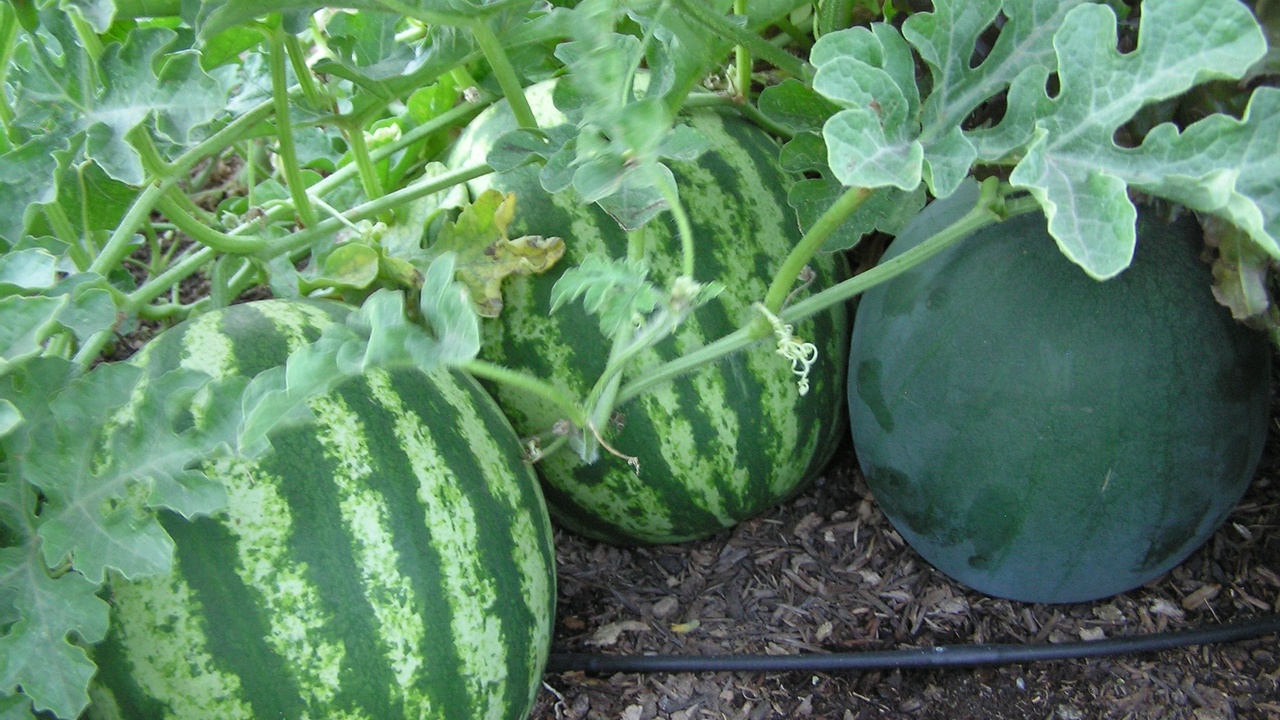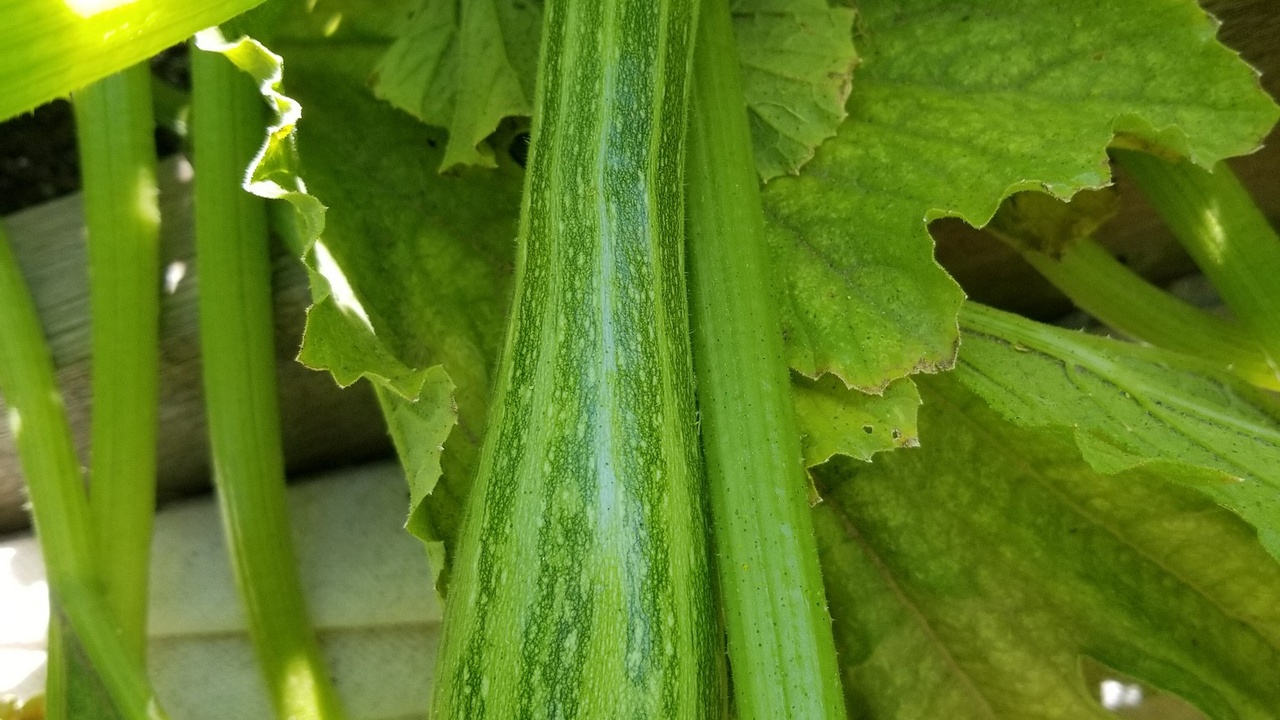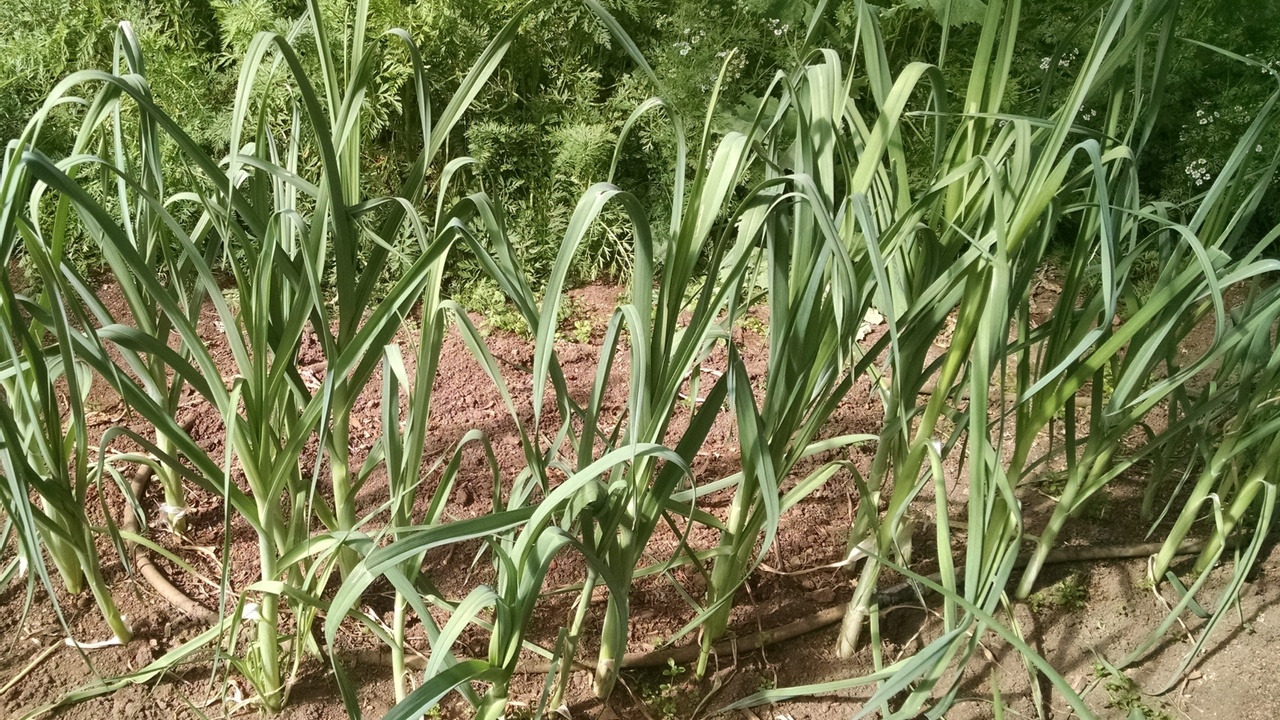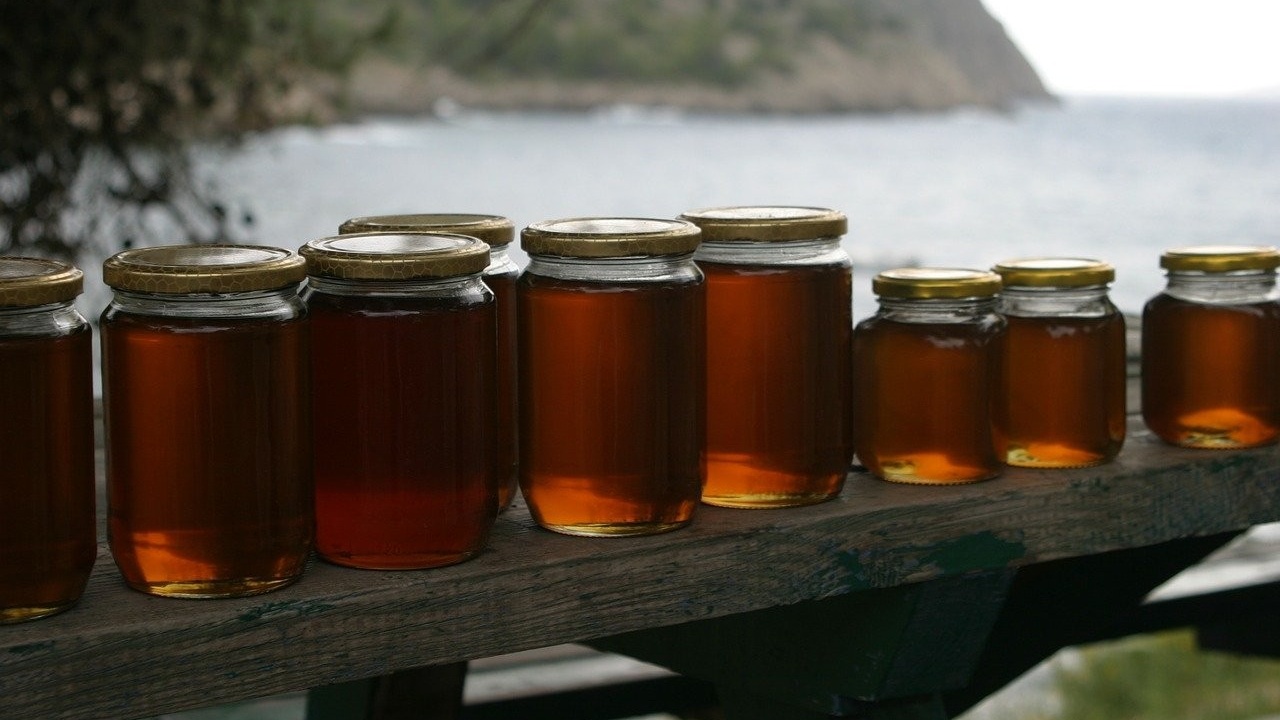Watermelon by Health Coach, Deborah Cox, FMCA, NBHWC

"Watermelon is the chief of this world's luxuries, king by the grace of God over all the fruits of the earth. When one has tasted it, he knows what the angels eat." – Mark Twain
Watermelon may be one of the most recognized and loved summer “fruits”, from ice- filled livestock tanks chilling them at a summer BBQ to the sweet juice running down your chin to seeing who can spit seeds the furthest, yes, watermelon is a summer hit!
The watermelon (Citrullus lanatus ), a member of the Cucurbitaceae family (cucumber, squash, pumpkin, and muskmelon), was thought to have originated in southern Africa for years. It was thought that a drought-tolerant plant, the exact identity is unknown, used by the indigenous peoples of the Kalahari Desert was where today’s watermelon came from. Although this plant was prized for its water storage capabilities, its flesh was pale green, hard, and very bitter. The common thought was that these plants made their way to...
Zucchini! by Health Coach Deborah Cox, FMCA, NBHWC

Zucchini
“The trouble is, you cannot grow just one zucchini. Minutes after you plant a single seed, hundreds of zucchini will barge out of the ground and sprawl around the garden, menacing the other vegetables. At night, you will be able to hear the ground quake as more and more zucchinis erupt.”
Dave Barry.
Zucchini, Cucurbita pepo, a humble, yet extremely prolific, member of most gardens today, had a very well-traveled beginning. It originated from native seeds taken from areas of Mesoamerica, central Mexico through parts of Honduras, Nicaragua, and Costa Rica, by Old World explorers. Squash seeds have been found in...
Radishes by Health Coach Deborah Cox, FMCA, NBHWC

Radish
“What is life if not laughter and love, caring and compassion, fresh bread and crisp radishes?”
— James Kavanaugh
Radish comes from the Latin word, radix, which means “root”, and is classified as Raphanus sativus. Its genus name, Raphanus, is a Latinized form of the Greek expression raphanos – “easily reared”.
The origins and history of radishes are a bit obscure. It is thought by some they originated in northern China, by others the eastern Mediterranean or near the Caspian Sea. Some believe that radishes were cultivated in Egypt as early as 2700 BC, although the Greeks and again quite possibly the Chinese could have been the first to cultivate them. Even with no consensus on the radish’s origin, it became a staple in many cultures throughout the world, and with the vast variety of types of radishes, each culture had its own “favorites”. Black radishes were favorites in...
Leeks! :)

LEEKS
by Health Coach Deborah Cox FMCA, NBHWC
“poor man’s asparagus”
Throughout history leeks have been thought of as anything from an upscale to a lowly vegetable. They may be one of the oldest vegetables cultivated by man. They are a member of the Allium family related to onions, yet having a more herbal, subtle, sweet flavor than the onion. Their origin is considered to be Central Asia and the Mediterranean, including areas of Egypt where archaeological digs have evidence that they were part of the Egyptian diet for at least the last 4000 years. The Bible mentions leeks, in Numbers 11:5, as one of the foods the Israelites remembered they ate in Egypt as they wandered in the desert. Leeks would later be consumed as part of Rosh Hashanah, the Jewish New Year, in this manner;
Taste a little of the Karatei and say:
“May it be Your will, Lord our God and the God of our fathers and mothers, that our enemies and all those who seek...
Garlic - The Stinking Rose

By Health Coach Deborah Cox FMCHC, NBHWC
History of Garlic
The word garlic comes from the Old English word garleac meaning “spear leek”. Garlic’s origin is Western and Central Asia, where it flourishes in the wild. The progenitor of modern garlic, Allium sativum, most believe is Allium longicuspis, yet a few believe it could be A. tuncelianum, or A. macrochaetum. Garlic has a truly diverse history from being worshiped and used as an offering to ancient gods to being rejected so much that its only usefulness was hog feed. Throughout time, garlic has been used as food, money, medicine, an aphrodisiac, and an ingredient of potions of all sorts. It may be the earliest documented plant to be used for the maintenance of health and treating disease, some of the earliest references of its use date back 5000 years or more.
Strength Builder
In ancient Egypt, garlic was used as a staple in the diet of the workers building the pyramids as it was...
Growing Great Rutabaga!

By Health Coach Deborah Cox FMCHC, NBHWC
Roota-what-a???
History
The Rutabaga, Brassica napobrassica or napus, often called Swede, does not have an extremely long history, yet researching it and reading others’ perspectives on it was both interesting and gave me a few chuckles. The most common belief is that the Rutabaga originated sometime in the 17th century when as one source put it: “the wild cabbage (Brassica oleracea) and the turnip (Brassica rapa) got jiggy somewhere in Bohemia.” Others attribute the creation of the rutabaga to Swiss botanist Gaspard Bauhin, and still others think that due to the extreme cold hardiness of the plants the cross could have occurred as far back as the Middle Ages (5th century to approximately the 14th century). Rutabagas were popular in the northern areas of Europe where they were relatively easy to grow in the colder climates. One of the earliest uses for this relatively simple vegetable was as feed for...
Honey

By Health Coach Deborah Cox FMCHC, NBHWC
According to the beloved Winnie the Pooh:
“And the only reason for being a bee that I know of is making honey.”
And then he got up, and said: “And the only reason for making honey is so as I can eat it.” So he began to climb the tree.
Winnie The Pooh, Chp. 1, (1926) A.A. Milne
Every time I think of honey, I see this little rotund, and very astute, bear with his hand or head stuck in a HUNNY pot, and I get a smile on my face, a chuckle remembering my Grandma reading us stories of Pooh’s escapades when I was little.
History of Honey
Honey has been a part of...
Leafy Green Duo: Kale & Spinach

By Health Coach Deborah Cox FMCHC, NBHWC
This month (January, 2021), our expert gardener and Health Coach Deb Cox, shares the history for two outstanding winter vegetables, Kale, and Spinach!
Both kale and spinach have received their fair share of publicity over the years, some good some not so good. From Popeye’s “anti-kryptonite” like portrayal of spinach and an almost cultlike following of kale to people’s remembrance of eating slimy cooked spinach as a kid and a stigma from growing kale in times of hardship and food scarcity (Victory Gardens of WWI and WWII eras), both vegetables have taken a prominent place in our modern culture.
Kale and Spinach have a long history of providing nourishment for people all over the world for more than 2000 years. Interestingly, to the French kale has become part of the légume oublié (lost & forgotten) category of vegetables. Because of that, we do know that at some time it was grown...
Sage, Rosemary and Thyme

By Health Coach Deb Cox, FMCHC, NBHWC
If you are familiar with Simon & Garfunkel’s song Scarborough Fair, you might think my title sounds familiar:
“Are you going to Scarborough Fair?
Parsley, sage, rosemary, and thyme
Remember me to one who lives there
For she once was a true love of mine…”
We are going to investigate three of the four herbs they spoke of in the song, I left out parsley since it is not of the Mint (Lamiaceae, formerly called Labiatae) Family and isn’t used in Melanie’s recipe for this month “Citrus Herb Roasted Turkey Breast”.
All three herbs Sage (Salvia officinalis), Rosemary (Rosmarinus officinalis), and Thyme (Thymus vulgaris) are native to the Mediterranean, and have histories steeped in folklore, legend, myth, medicine, and culinary uses.
History
Sage has long been believed to enhance health and longevity/immortality; a popular proverb from the Middle Ages gives insight into the strength of this belief:
...


